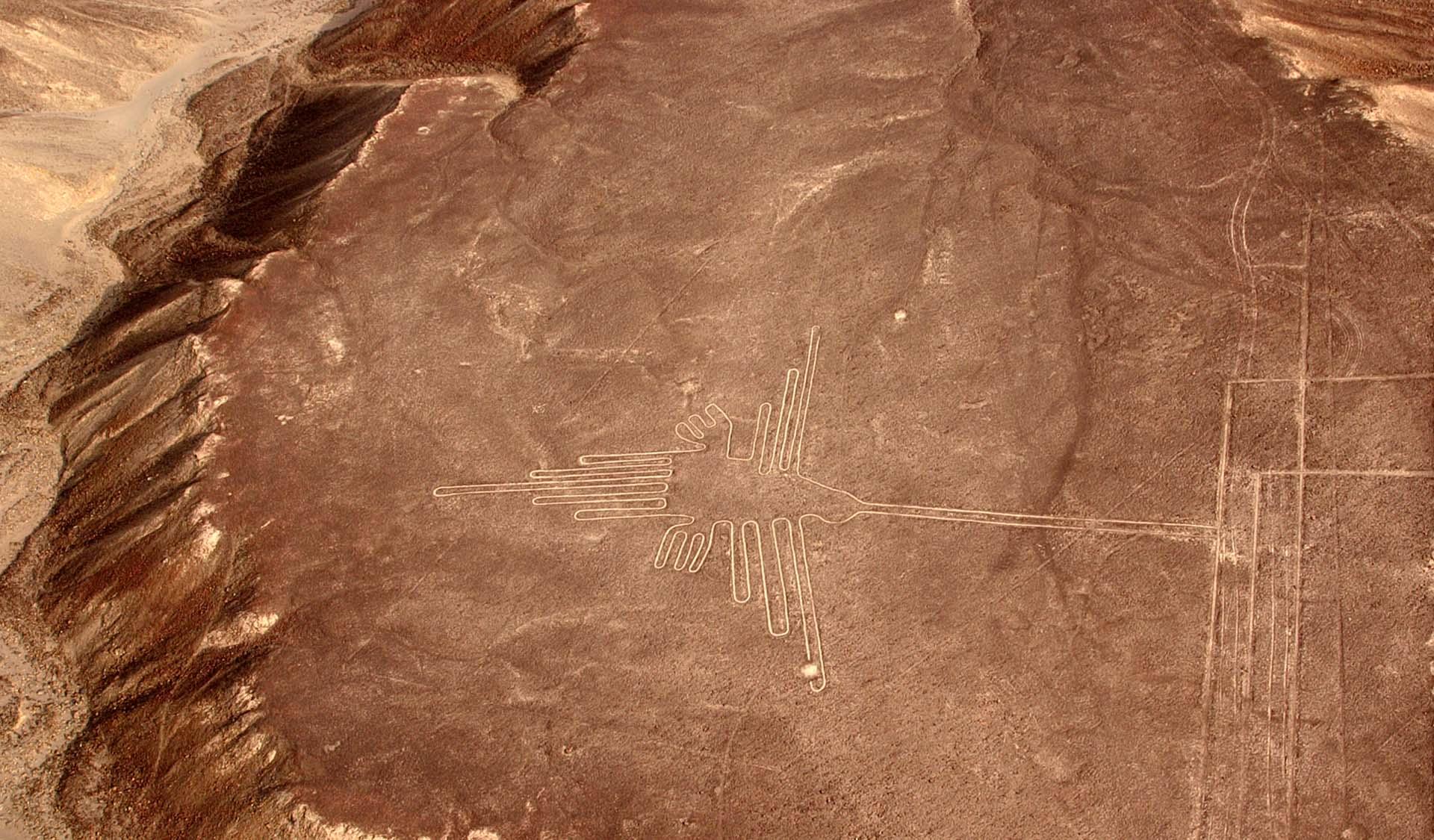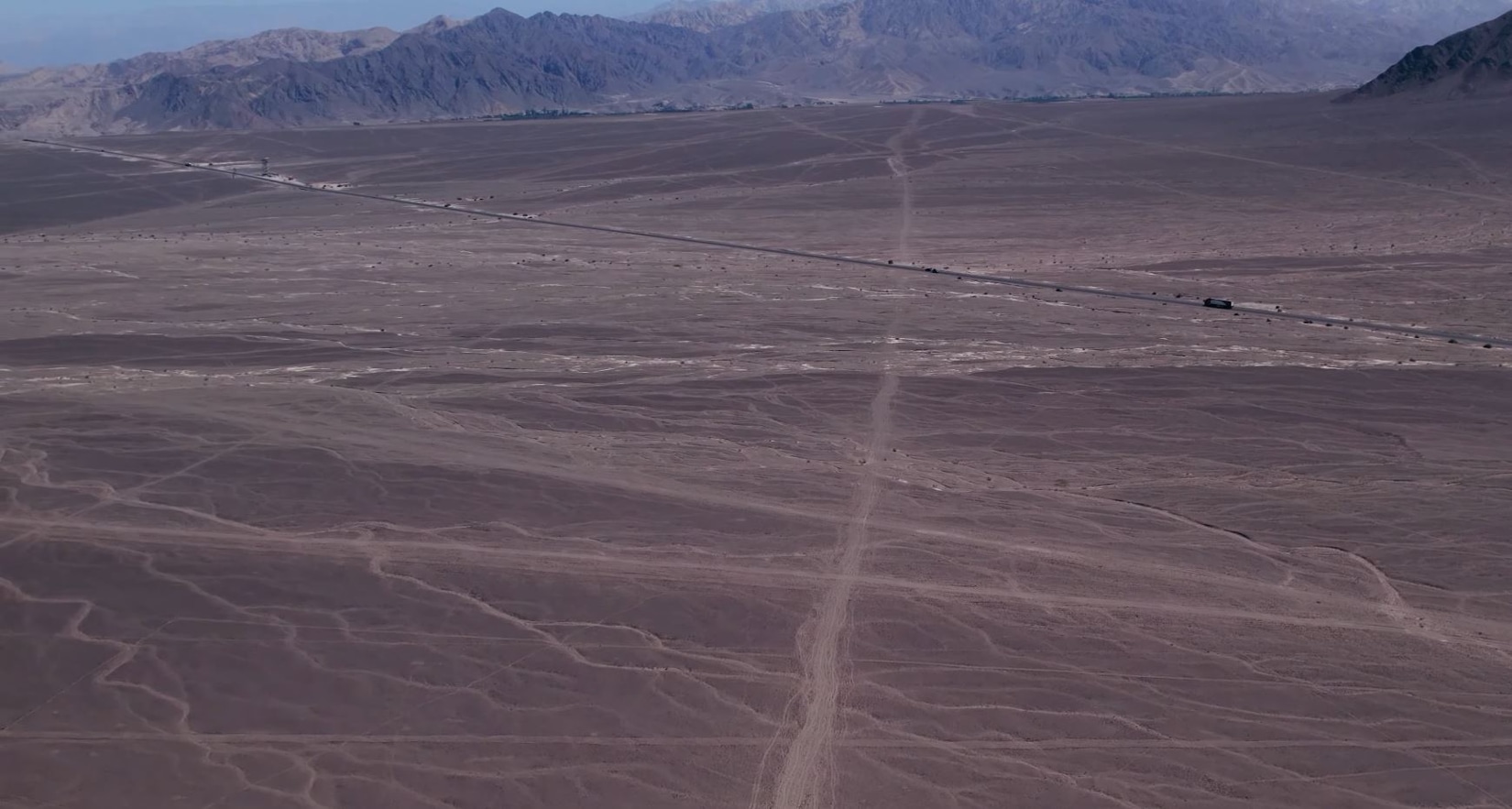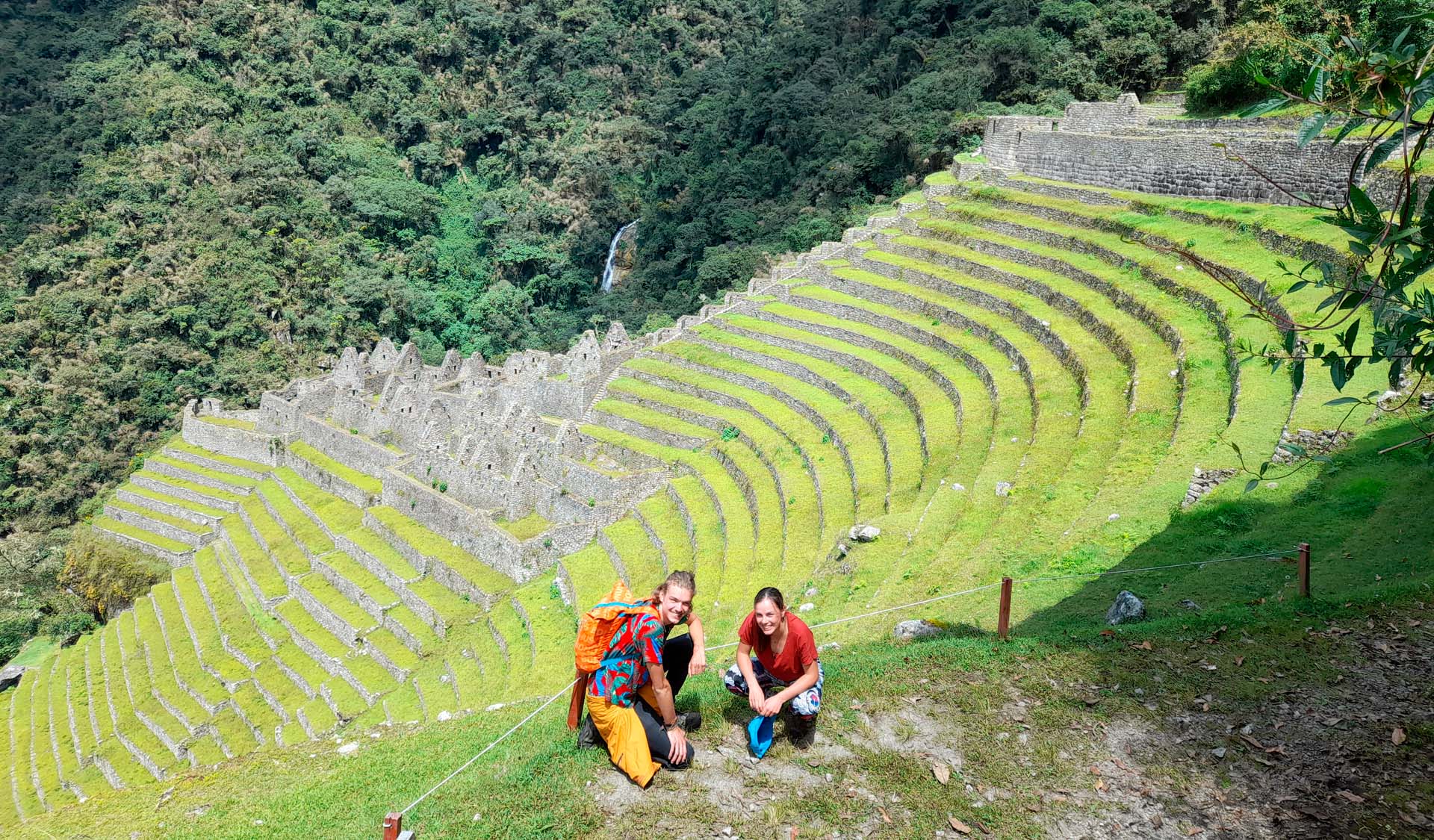Nazca Lines In Peru: Everything You Need To Know

Found in the heart of the Ica coastal desert of southern Peru, the Nazca lines are a collection of enormous geoglyphs. They comprise of a number of shallow incisions or depressions made into the desert floor. Most of the carvings were constructed more than 2000 years ago by the Nazca culture, which is believed to have been influenced and inspired by the earlier works of the Paracas culture. Many scholars have found it relatively easy to determine how they were construction. However, its use remains shrouded in mystery. Nevertheless, people still continue to theorize, mainly settling on either religious beliefs or astronomical reasons. In 1994 it was officially designated as a UNESCO World Heritage Site.
Since 2022, the total number of geoglyphs discovered amounted to 358. There designs are mostly zoomorphic and the other shapes include flowers and trees. The Nasca lines are located between the towns of Nasca and Palpa. Today the Nazca Lines have become a major tourist attraction and a must see for all passing through. Most tours start from Lima and include the desert oasis of Huacachina, the Ballestas Island in Paracas and the Bodegas in Ica.
History of the Nazca Lines
The Nazca Lines’ first published discovery was by Pedro Cieza de León in 1553. With the rise of aviation came increased reports of the strange carvings in the desert from the Peruvian military and civilian pilots flying over the area.
With the increase in sightings came interest from explorers. In 1927, the Peruvian archaeologist Toribio Mejía Xesspe stumbled across the Nazca Lines on foot. This inspired him to spend years studying the lines and eventually report on his findings at a 1939 conference in Lima.
Paul Kosok, an American historian, was the first foreign scholar to study the geoglyphs. He was investigating the theory that the strange carvings were used as irrigation pipes by the Nazcas. Having taken to the skies, he noticed that some of the lines actually resembled a bird. This discovery led to extensive research into why the ancient Nazca people had gone to such lengths to create these fascinating carvings. More scholars joined the search, which led to the rise of several theories about how the Nasza lines came to be and what they were used for.
Nazca Lines Theories
A popular theory relates to celestial bodies and where they rise on significant dates. Many believe that the Nazca Lines point to where these constellations will rise on important days to the Nazca people. This theory is also supported by the unusually elongated skulls that were found here. However, if you delve deeper into other ancient cultures like the Chinese, Japanese, Sudan and DRC tribes, its evident that the practice of artificial cranial deformation has been in use in different pockets of the world throughout history for many different reasons.
Prof. Kosak investigated the theory that the mysterious carvings may have been used as irrigation systems to boost agricultural output in the middle of the vast desert. Some archaeologists have also theorized that the carvings may have been a way of worshiping the gods in return for water from the mountains.
Some theories are definitely more obscure than others and there is no definite answer as to the origins of the Nazca Lines. However, if you consider how advanced this civilization was for its time, it´s not difficult to fathomed that this civilization was more than capable of creating these lines for sensible reasons. The Nazca and Paracas civilization are responsible for developing a very sophisticated water irrigation system, building pyramids and designing the most intricate and colorful pottery for their time.
How to Get There
Nazca is located in the Ica desert, about a 6 or 7 hour drive from the capital and a short 3 hour drive form Huacachina. Unfortunately there are no trains or planes to Nazca, meaning the only way to reach the fascinating geoglyphs is by road.
You can join a tour from Lima or Huacachina to the desert town.

Where to Stay
As Nazca is a major stop for tourists in Peru, there are many accommodation options available in town. You can choose anything from economical hostels to luxury hotels and everything in between.
How to See the Nazca Lines
The most popular way of observing the Nazca Lines is, without a doubt, from the air. As the tour has grown in popularity, flight services have become more readily available. Meaning anyone can see the wonderful geoglyphs from the skies, in all their glory! Flights last for 30 minutes, and are usually very informative. You will be accompanied by a bilingual guide so you can make the most of your Nazca Lines experience. Tour operators tend to run several morning and afternoon services with varying plane sizes. You and your whole group can enjoy the wonderful carvings together from the sky!
If flying isn’t quite your thing or you want to stick to a tight budget, then rest assured! You can actually check out the Nazca Lines from an observation tower. Its a lot cheaper and the price always includes transportation. The view isn’t quite as spectacular as it is from a plane, but it’s definitely a fantastic experience if you can’t get a flight.
For tours and flights over the Nazca Lines, check out the following link. Sam Corporations.
We have many tour package to Machu Picchu, see more information here!

The Nazca Civilization
The Nazca civilization preceded the even older Paracas civilization. They are fascinating culture that flourished between 100BC to 800AD. They are famous for their many cultural advancements and practices. Scholars have found remains of elongated skulls, which was a common practice at the time to showcase either prosperity, social standings or possibly for religious practices. Most of their engineering advancements were influenced by the preceding Paracas culture. They made extremely complex textiles, produced an array of crafts, designed pyramids using adobe, they are also responsible for creating the geoglyphs of the Nasca lines and not forgetting the enormous water wells called Piquios.
Other activities in Nazca
Cantalloc Aqueducts
The Nazca civilization are also responsible for constructing the enormous Piquios, which are large circular underground aqueducts. Cantalloc has over 46 of these aqueducts and 32 of them are still in operation today. They are located about 5km north of Nazca, in the valleys of Nazca, Taruga and Las Trancas. They were built in the Arid desert conditions to aid with the supply of water for irrigation purposes as well as for domestic use. The locals still use some of these aqueducts with a couple of modern modifications like the addition of pumps so they can easily extract water from the ground.
Los Paredones Ruins
Located only 2 km from the city of Nazca, Paredones is a small archeological site made of adobe. Its a small city that has administrative buildings, warehouses, barracks, an observation tower, and a ceremonial area. It has however started to deteriorate in many places and unfortunately restoration efforts are not that prominent. On the other hand, its easy enough to imagine what the original structure could have looked like.
Cahuachi Pyramids
Just 28km of Nazca you can find these fascinating pyramids that cover an area of about 360 acres with over 40 mounds that resemble pyramids. The pyramids were made of adobe and its therefore no surprise that they are in such disrepair. Scholars uncovered that only a small population lived here permanently. They also recovered burial sites, ceremonial drums and pottery. This further strengthened the belief that this was most likely used as a pilgrimage center.
Antonini Archeological Museum
This museum in the center of town is home to an extensive collection of exhibits from the findings of the Italian mission called the Nazca Project (1982-2011). Therefore, all samples are well documented with complete cultural association. The Nazca´s excelled in the making of different textile. The museum has one of the most important sets of ceramic Antara’s in the world. Additionally, Nazca pottery is the most distinctive art produced by any civilization from antiquity. They used such eclectic variation of colors and decorative designs, which makes their pottery immediately standout.



